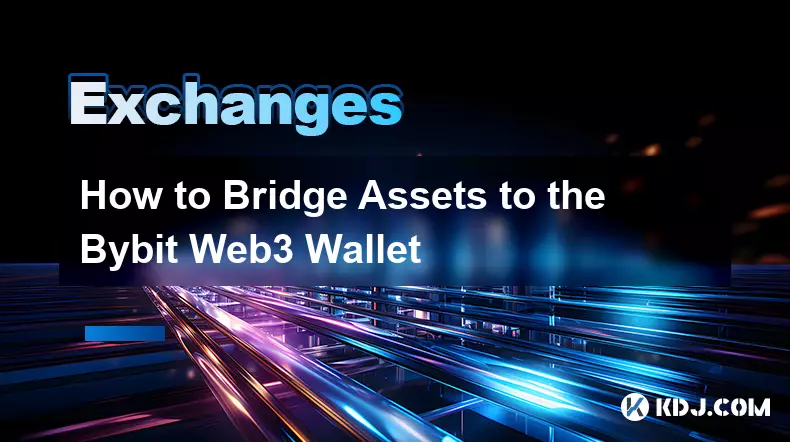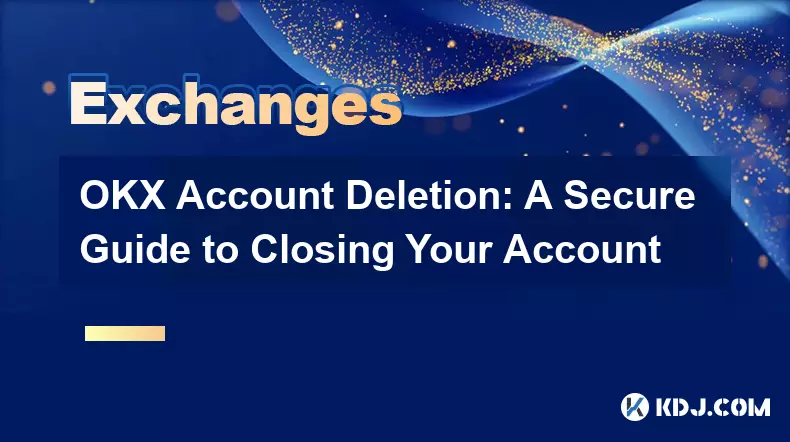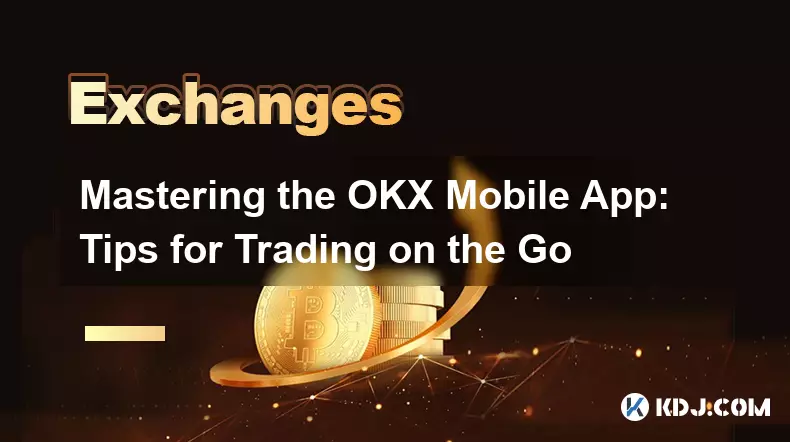-
 bitcoin
bitcoin $102877.190955 USD
1.88% -
 ethereum
ethereum $3430.435064 USD
4.52% -
 tether
tether $0.999264 USD
-0.05% -
 xrp
xrp $2.307310 USD
4.49% -
 bnb
bnb $987.740692 USD
3.82% -
 solana
solana $161.947760 USD
3.97% -
 usd-coin
usd-coin $0.999712 USD
-0.05% -
 tron
tron $0.292810 USD
2.93% -
 dogecoin
dogecoin $0.179738 USD
10.70% -
 cardano
cardano $0.580716 USD
8.75% -
 hyperliquid
hyperliquid $42.463448 USD
8.40% -
 chainlink
chainlink $15.763437 USD
7.05% -
 zcash
zcash $649.595636 USD
17.21% -
 bitcoin-cash
bitcoin-cash $511.610261 USD
7.19% -
 stellar
stellar $0.292537 USD
7.91%
How to Bridge Assets to the Bybit Web3 Wallet
Connect your wallet to Bybit Web3, select assets and destination chain, then bridge securely with real-time tracking and post-transfer verification.
Nov 05, 2025 at 02:05 am

Connecting Your Wallet for Asset Transfer
1. Open the Bybit Web3 Wallet application and navigate to the 'Bridge' section located in the main menu. This feature enables seamless cross-chain transfers of digital assets.
2. Ensure your wallet is connected to a supported blockchain network such as Ethereum, Binance Smart Chain, or Arbitrum. The bridge function will only operate when the correct network is selected.
3. Click on 'Connect Wallet' if you haven't already linked your external wallet. Supported options include MetaMask, Trust Wallet, and other EVM-compatible wallets.
4. Confirm the connection request in your external wallet by signing the authentication message. Once verified, the interface will reflect an active connection status.
5. After successful linking, the source chain balance will be visible within the Bybit Web3 interface, allowing you to proceed with selecting assets for bridging.
Selecting Assets and Destination Network
1. From the bridge dashboard, choose the token you wish to transfer. Commonly bridged assets include USDT, ETH, and BTC (wrapped variants).
2. Specify the amount you intend to move. A real-time estimate of fees and processing time will appear based on current network congestion.
Always leave a small reserve of native tokens in your wallet to cover gas fees on the destination chain.3. Select the target blockchain from the dropdown menu. Supported destinations include Optimism, Polygon, zkSync, and Base, among others.
4. Review the exchange rate and any applicable slippage tolerance. These values are pulled from decentralized liquidity providers powering the bridge mechanism.
5. Confirm that both the sending and receiving addresses match your intended wallets. Mismatched addresses may result in irreversible loss of funds.
Initiating and Monitoring the Bridge Transaction
1. Click 'Start Bridge' to generate the transaction. A confirmation window will display all relevant details including estimated completion time and validator fees.
2. Sign the transaction using your connected wallet. Do not close the app or switch networks during this process to avoid potential errors.
3. Once signed, the transaction enters the validation queue on the source chain. You can track its progress via the built-in explorer link provided in the interface.
Transaction hashes are immutable; record them immediately for future reference or dispute resolution.4. Upon finality on the source chain, relayers pick up the data and initiate minting or unlocking of assets on the destination network.
5. Wait for confirmation on the target chain. Most transfers complete within 2–15 minutes depending on network load and bridge protocol design.
Post-Transfer Verification and Security Checks
1. Navigate to the asset section of your Bybit Web3 Wallet after the expected completion window. Verify that the new balance reflects the transferred amount minus fees.
2. Cross-check the transaction history using a block explorer like Etherscan or Arbiscan by entering your wallet address.
3. If the assets do not appear within the stated timeframe, access the bridge’s support portal directly from the transaction details screen.
4. Reconcile any discrepancies by providing the transaction hash and timestamp. Support teams use these identifiers to trace backend processing logs.
5. Enable two-factor authentication on your Bybit account to protect newly received assets from unauthorized access.
Frequently Asked Questions
What happens if I send assets to the wrong network?Transfers to unsupported or incorrect chains cannot be reversed. Always double-check the destination chain before confirming. Recovery depends on whether the network has custodial intervention capabilities, which most decentralized bridges lack.
Are there minimum or maximum limits for bridging?Yes, each token and chain pair enforces thresholds. For example, bridging less than $5 worth of USDT might exceed the cost efficiency due to fixed fees. High-value transfers may require additional verification steps.
Why does my transaction show as completed but funds haven’t arrived?This delay often occurs during high network congestion or when relayer nodes experience synchronization lags. Check the status using the transaction ID on the bridge provider's tracking page.
Can I bridge NFTs using the Bybit Web3 Wallet?NFT bridging is currently limited to specific collections and compatible standards like ERC-721. Users must verify eligibility through the NFT tab before initiating transfer requests.
Disclaimer:info@kdj.com
The information provided is not trading advice. kdj.com does not assume any responsibility for any investments made based on the information provided in this article. Cryptocurrencies are highly volatile and it is highly recommended that you invest with caution after thorough research!
If you believe that the content used on this website infringes your copyright, please contact us immediately (info@kdj.com) and we will delete it promptly.
- BlockDAG, Avalanche, Dogecoin: Crypto's Leading Trio in 2025
- 2025-11-07 22:05:01
- Layer 2 Coins: Will There Be a Potential Explosion by 2026?
- 2025-11-07 16:50:02
- Filecoin, ICP, and the AI Infrastructure Renaissance: Is History Repeating?
- 2025-11-07 16:50:02
- Bitcoin's Wild Ride: Surges, Zeros, and the Search for Stability
- 2025-11-07 17:05:01
- XRP, Bitcoin, and the Rally: What's the Deal, New York?
- 2025-11-07 17:25:01
- Filecoin, DePIN, and a Technical Breakout: What's the Buzz?
- 2025-11-07 17:05:01
Related knowledge

Common Mistakes to Avoid on OKX: A Guide for New Traders
Nov 04,2025 at 03:37pm
Understanding the Interface Before Trading1. New traders often jump into placing orders without fully exploring the OKX platform layout. Taking time t...

OKX TradingView Integration: A Guide to Advanced Chart Analysis
Nov 02,2025 at 03:37am
OKX and TradingView: Bridging the Gap for Professional Traders1. OKX, one of the leading cryptocurrency exchanges, has integrated with TradingView to ...

Finding Your OKX Deposit Address: A Quick and Safe Guide
Nov 05,2025 at 01:15pm
Finding Your OKX Deposit Address: A Step-by-Step Process1. Log into your OKX account using your registered credentials. Ensure you are accessing the o...

OKX Savings Guide: A Low-Risk Strategy for Earning Crypto
Nov 05,2025 at 06:55am
Understanding OKX Savings and Its Role in Crypto Earnings1. OKX Savings offers users a straightforward method to earn passive income by leveraging idl...

OKX Account Deletion: A Secure Guide to Closing Your Account
Nov 05,2025 at 08:44am
Understanding the Implications of Account Closure1. Closing your OKX account permanently removes access to all associated trading features, including ...

Mastering the OKX Mobile App: Tips for Trading on the Go
Nov 05,2025 at 01:19am
Streamlined Navigation for Efficient Trading1. The OKX mobile app features a clean and intuitive interface that allows traders to access key functions...

Common Mistakes to Avoid on OKX: A Guide for New Traders
Nov 04,2025 at 03:37pm
Understanding the Interface Before Trading1. New traders often jump into placing orders without fully exploring the OKX platform layout. Taking time t...

OKX TradingView Integration: A Guide to Advanced Chart Analysis
Nov 02,2025 at 03:37am
OKX and TradingView: Bridging the Gap for Professional Traders1. OKX, one of the leading cryptocurrency exchanges, has integrated with TradingView to ...

Finding Your OKX Deposit Address: A Quick and Safe Guide
Nov 05,2025 at 01:15pm
Finding Your OKX Deposit Address: A Step-by-Step Process1. Log into your OKX account using your registered credentials. Ensure you are accessing the o...

OKX Savings Guide: A Low-Risk Strategy for Earning Crypto
Nov 05,2025 at 06:55am
Understanding OKX Savings and Its Role in Crypto Earnings1. OKX Savings offers users a straightforward method to earn passive income by leveraging idl...

OKX Account Deletion: A Secure Guide to Closing Your Account
Nov 05,2025 at 08:44am
Understanding the Implications of Account Closure1. Closing your OKX account permanently removes access to all associated trading features, including ...

Mastering the OKX Mobile App: Tips for Trading on the Go
Nov 05,2025 at 01:19am
Streamlined Navigation for Efficient Trading1. The OKX mobile app features a clean and intuitive interface that allows traders to access key functions...
See all articles





















![The Graph Price Prediction [GRT Crypto Price News Today] The Graph Price Prediction [GRT Crypto Price News Today]](/uploads/2025/11/07/cryptocurrencies-news/videos/690d4df44fe69_image_500_375.webp)



















































